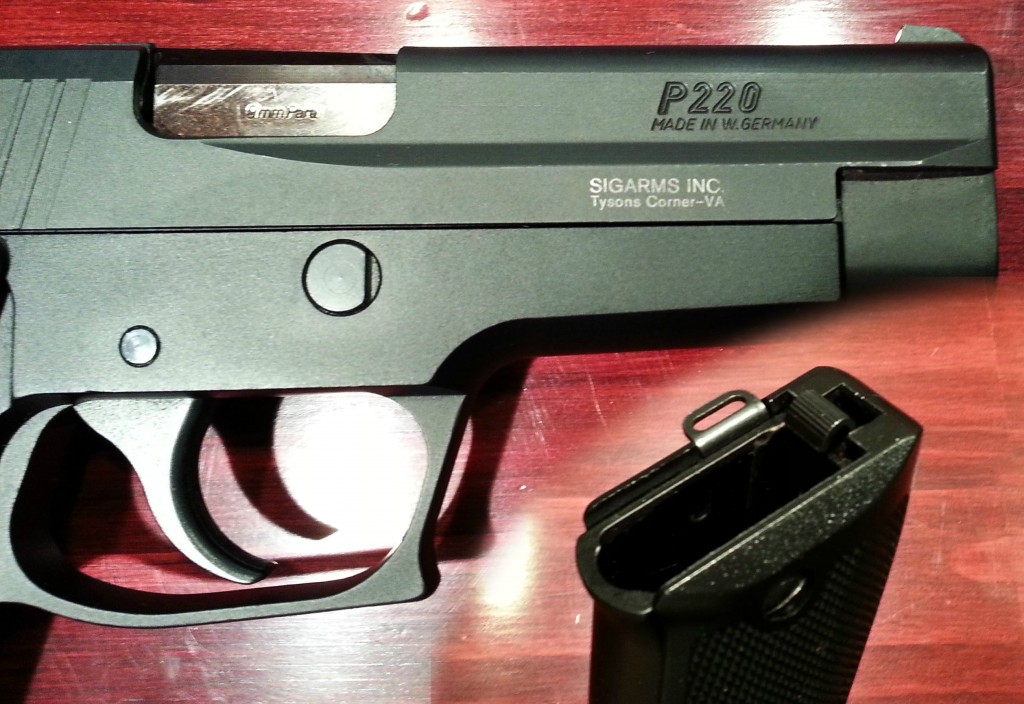

Here’s an assortment of mid 20th century proof marks used through Germany’s (and West Germany’s) history: This is an important fact that will become relevant again later in this article. Because the US is not a CIP member state, foreign guns do not need a CIP proof mark to be sold in the US, nor do US guns need a US proof mark to be sold in CIP member countries. While the CIP and SAAMI do share information and cooperate, neither has a requirement regarding selling in each other’s countries. In order for a civilian firearm produced in a CIP member state to be legally imported to another CIP country, it must bear the proof mark of a CIP member state (military testing standards are, predictably, different than civilian ones). The United States does not participate in CIP, but instead formed its own standards group named SAAMI (Sporting Arms and Ammunition Manufacturers’ Institute). As of 2015, the CIP includes 14 member states. Much like reciprocity of modern concealed carry permits between states, some European countries began to recognize each others’ proof marks as a high enough testing standard for foreign countries’ firearms to be legally imported.įast forward to 1914, when a number of European countries formed the CIP (Commission Internationale Permanente pour l’Epreuve des Armes à Feu Portatives) as a formal standards group to ensure consistent testing among member countries. Over the next few decades, other countries established their own safety standards and proof houses, along with their own unique marks. Guns that passed testing were stamped with a mark representing the proof house. The London Gunmakers Company set up a “proof house” in London, and not surprisingly… firearms makers who were not part of a guild tended to fail testing more often than the guild members. In 1637, after heavy lobbying from the London Gunmakers Company, a London-area firearms guild, King Charles I issued a Royal Charter setting firearms safety standards. The first proof marks started appearing in 15th century France, and by the 17th century, European firearms guildsmen were heavily promoting their use - and lobbying their governments for laws requiring them - primarily to dissuade competition from non-guildsmen and scare potential purchasers away from un-proofed guns. But like many government regulations, their origins have more to do with self-interest than safety. In modern years, they truly do serve that purpose. Proof marks are stamps embedded in certain parts of a firearm following (and sometimes during, depending on the firearm type) its manufacturing to indicate that the firearm has been “proven” to be able to handle the specific type of ammunition for which it was designed. And even if you’re already familiar with proof marks, maybe this article can broaden your knowledge and teach you something new. I called a few dealers in the area and none of them had seen one without proof marks or just never noticed I guess.If you’ve heard someone mention proof marks or date codes when discussing a SIG Sauer pistol, but weren’t quite sure what those were, then the goal of this article is to bring you up to speed.

Sig sauer p226 serial number serial numbers#
Scroll down to the serial numbers U xxxxx it looks like yours was anywhere between 20.Wow, Thanks for the awesome breakdown Jim. Scroll down to the serial numbers U xxxxx it looks like yours was anywhere between 20.
Sig sauer p226 serial number serial number#
Here is a link to the date related to the serial number for USA made (or assembeled Sigs P226}: When later they started making the frames in the USA as well they changed the serial number to start with UU xxxx.

Other than that everything looks OK.Īlso from the U in the serial number means that your gun is made (or in this case since the frame was made in germany) assembeled in the USA. The one in your slide is the older model that is used on non stainless steel slides, while the one in stainless steel slides is the pin with the dome shaped rounded ends. The only thing that looks odd (to me at least) is the firing positioning pin. All USA made slides do not have the proof marks at the bottom of the slide cover. So your model is assembled in the USA with a German made frame and a USA made slide (no need for proof marks on the slide in this case). The proofing marks you are talking about are on slides that were made in Germany (not stainless steel and they had internal extractors). Well what you have is a stainless steel slide with external extractor that is made in USA and a German made frame.


 0 kommentar(er)
0 kommentar(er)
